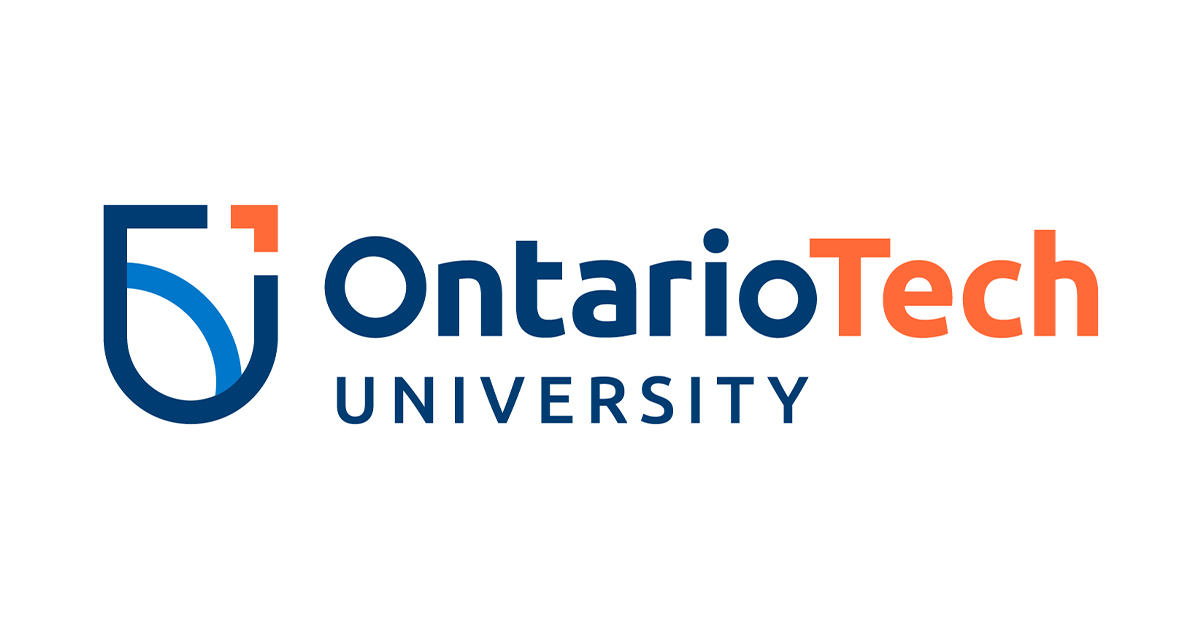Linking Up - Getting There Is Key
Posted by Daniel Hoornweg on March 05, 2015
A few recent news items might seem unrelated, but they are linked in just the same way the Toronto area needs to be.
Nowhere in Canada is linking things more important than Toronto (urban area). Oshawa needs Toronto’s Bay Street, but Bay Street needs ‘the 905’ just as much. What everyone needs is to be able to easily get there and back again.
Three recent news items that reinforce this:
1. Toronto’s ranking in global city attractiveness
Toronto (urban area, but mostly downtown) was recently ranked by Knight Frank, a global real estate firm, as the world’s 12th most attractive city to ‘ultra-high net worth individuals,’ or more simply, the really wealthy1. Ahead of Toronto are London, New York, Hong Kong, Singapore, Shanghai, Miami, Paris, Dubai, Beijing, Zurich and Tokyo. And rounding out the Top 20 behind Toronto are Geneva, Sydney, Taipei, Frankfurt, Moscow, Madrid, San Francisco and Vienna.
Toronto’s ranking in this rich-set list is likely to rise as the area is cleaner and safer than most other cities. Our food is more secure, our electricity lower-carbon, and we are one of the few non-coastal cities; all attributes that will serve us well as the greater turmoil likely associated with this century unfolds. Some people will grumble as more and more of the world’s rich buy property here. This brings us to the second news item.
2. Toronto’s economic divide
CBC, among other media outlets, has been running a series on the precarious employment situation in Canada; again, particularly pronounced in the Toronto area. People holding three or four part-time jobs, recent teaching assistant strikes, affordable housing shortages in Toronto, and the average cost of a detached home in Toronto surpassing $1 million, all seem to make us feel less wealthy despite the fact that Canada’s GDP keeps rising. We might be getting richer as a country, but for a lot of us it does not feel that way.
3. Ontario’s climate change strategy
Our third, seemingly unrelated news item is the 2015 Ontario Climate Change Discussion Paper now out for public comment. This is an excellent document that raises, among several issues, how transportation is now Ontario’s largest source of greenhouse gas (GHG) emissions (after phasing out coal for electricity), and the need for a price on carbon. Linked to a carbon price to help reduce GHG emissions is a recent study from researchers in Barcelona. Traffic pollution is strongly linked to lower cognition in children. Those who remember getting the lead out of gasoline are now faced with a similar task, clearing the air for our children. In a recent research poll, Canadians seem to agree on a price for carbon, but just don’t want the tax on their gasoline. Again, this issue is more critical in the Toronto area than anywhere else in Canada (including Alberta’s oil fields).
Countries and provinces tend to be a bit too big to easily see how issues are linked. The city area is more understandable; issues are often more visceral and more immediate. The common theme to becoming even more attractive to the ‘ultra-wealthy’ (and making sure that everyone benefits when they put down roots in Toronto) is improving transportation. This will also achieve added benefits including reduced GHG emissions; cleaner air for our children and elderly; and making it much easier for poorer citizens to fully participate in urban city life.
Getting people to jobs, school, and overall life events faster, cleaner and safer is the single most important task facing the Toronto area (and by extension Ontario and much of Canada). This is not just improving the TTC although that is critical (the recent decision to allow children under 12 to ride for free is excellent public policy). People in Oshawa need to be able to easily get downtown; or students in Waterloo need to meet up with researchers at York; trucks need to get through the city quickly (and with far fewer emissions); the downtown residents should be able to easily get to the Durham or Halton golf course or cottage (ideally not by car); and local produce needs to quickly get on market shelves.
Improved transportation in the Toronto area is the best approach for increased productivity, cleaner, lower GHG emissions, and most importantly a higher quality of life for everyone. The tools to improve transportation are well known. Things like transit corridors, electric vehicles, natural gas powered trucks, targeted taxes, tolls, and better sharing of increased real estate values, are widely recognized for their effectiveness.
Somehow though, like people living in a $5-million house, and claiming poverty when the roof is leaking, we collectively lack the will. The Toronto area is emerging as one of the world’s most important (and attractive) cities. We are getting there, but everyone, especially the poorer among us, would benefit if we saw more of the linkages and got there much faster.
~
1More information on the future of real estate in the world's leading cities can be found in an additional Knight Frank publication called, Global Cities: The 2015 Report.
Filed under: Sustainability 101
